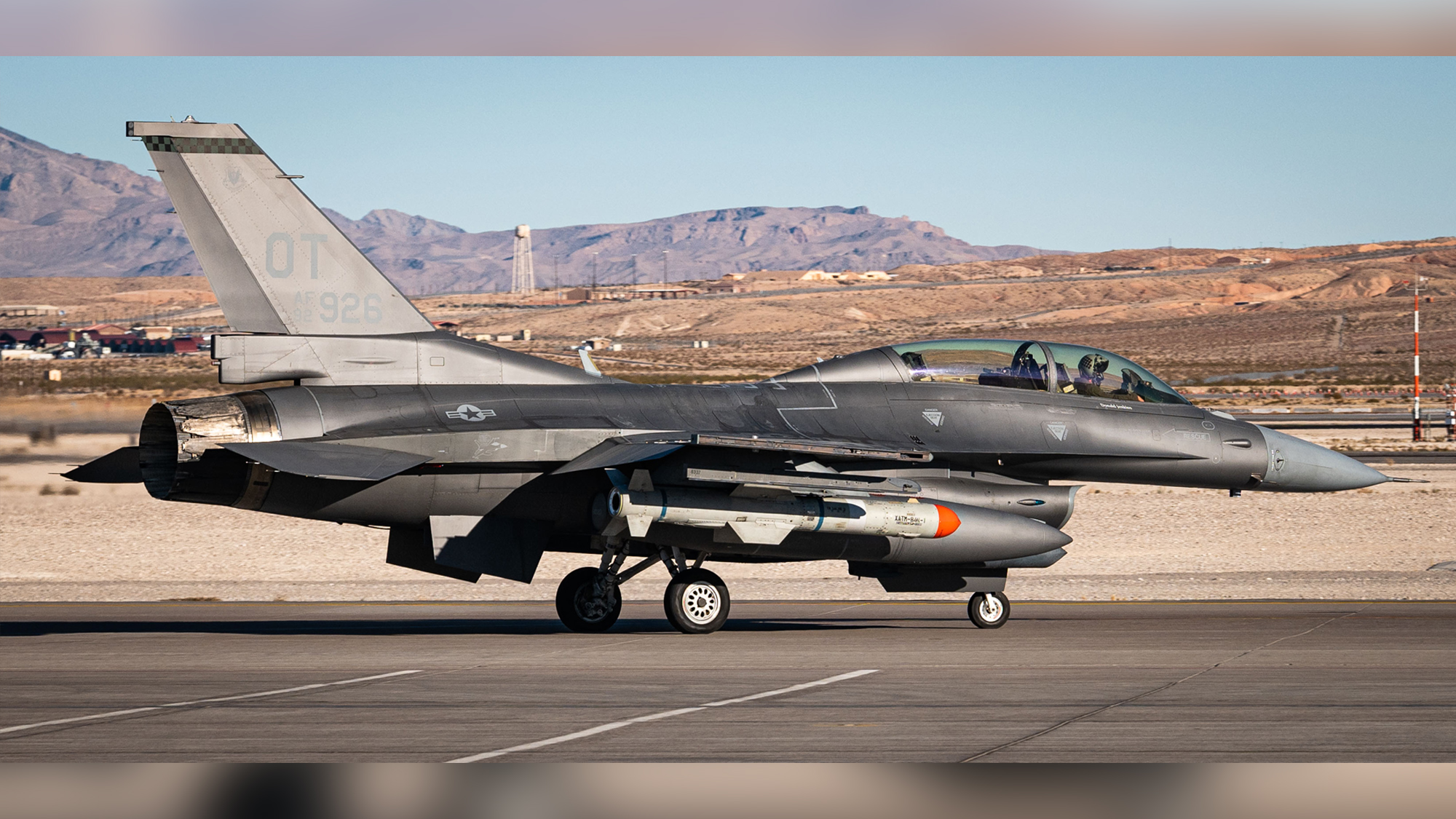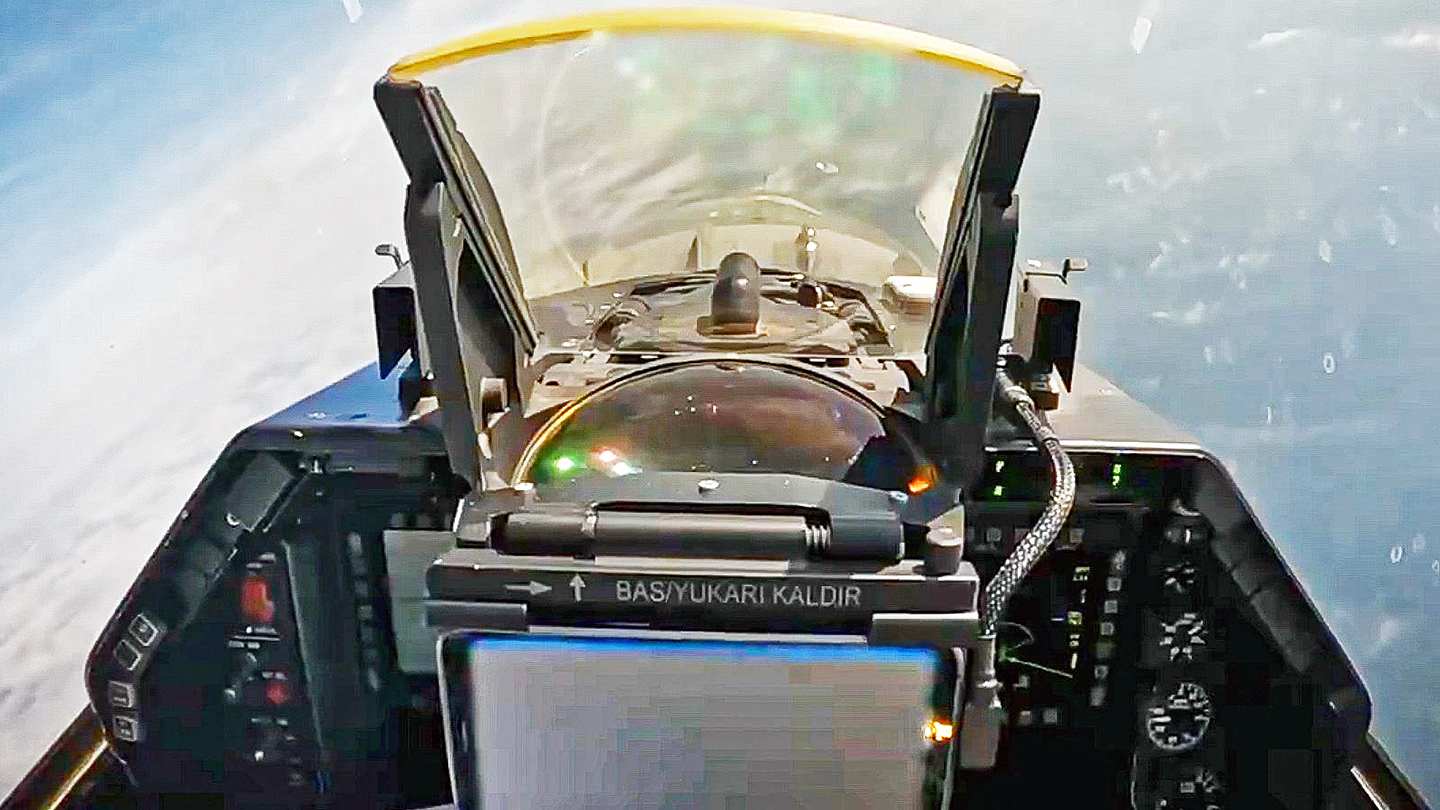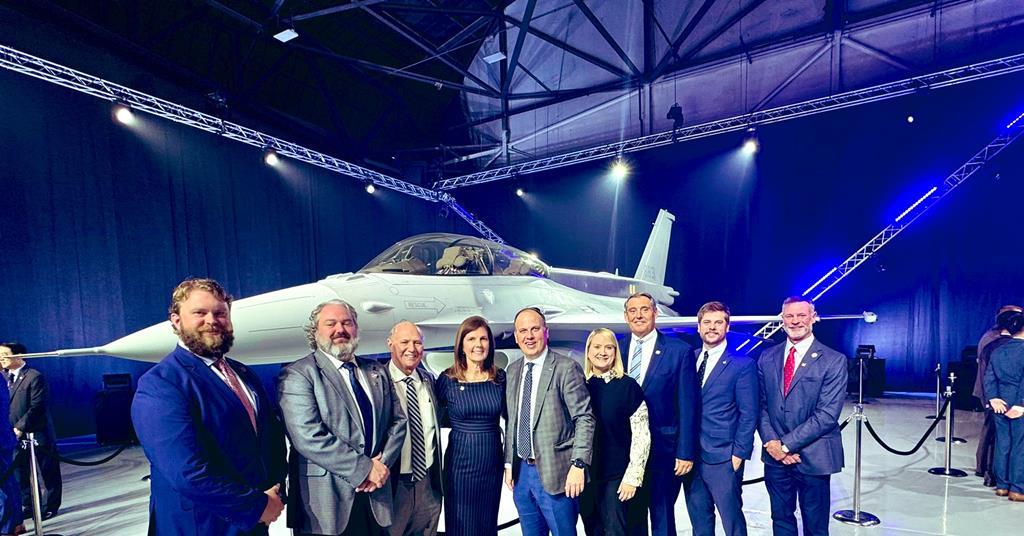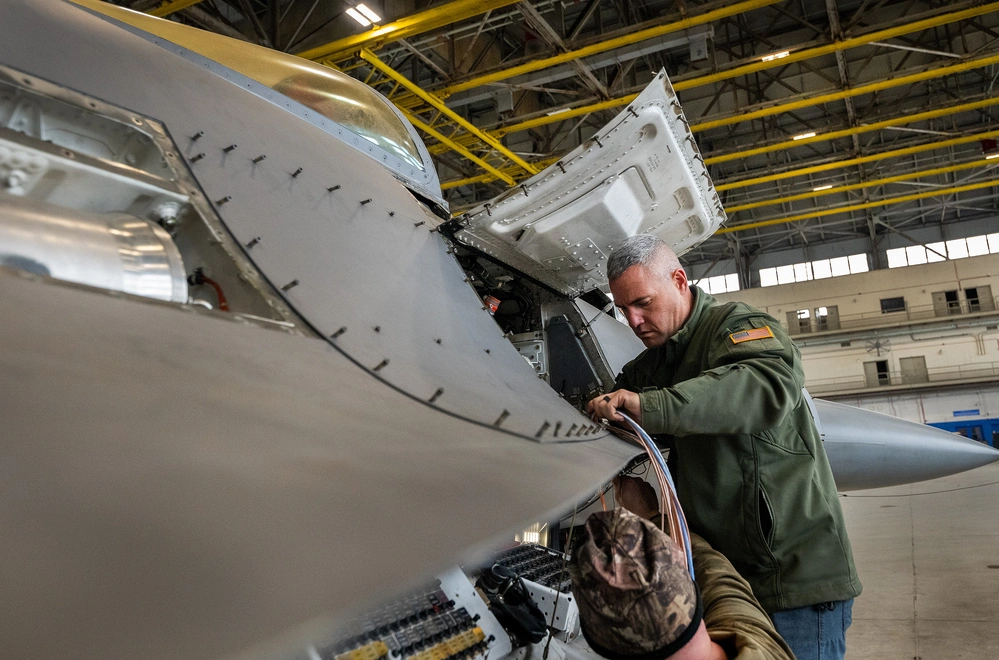WASHINGTON, April 1, 2025
The State Department has made a determination approving a possible Foreign Military Sale to the Government of the Philippines of F-16 Aircraft for an estimated cost of $5.58 billion. The Defense Security Cooperation Agency delivered the required certification notifying Congress of this possible sale today.
The Government of the Philippines has requested to buy sixteen (16) F-16 C Block 70/72 aircraft; four (4) F-16 D Block 70/72 aircraft; twenty-four (24) F110-GE-129D or F100-PW-229 Engines (20 installed, 4 spares); twenty-two (22) Improved Programmable Display Generators (iPDG) (20 installed, 2 spares); twenty-two (22) AN/APG-83 Active Electronically Scanned Array (AESA) Scalable Agile Beam Radars (SABR) (20 installed, 2 spares); twenty-two (22) Modular Mission Computers 7000AH (or available mission computer) (20 installed, 2 spares); twenty-two (22) Embedded Global Positioning System (GPS) Inertial Navigation Systems (INS) (EGI) with Selective Availability Anti-Spoofing Module (SAASM) or M-Code capability and Precise Positioning Service (PPS) (20 installed, 2 spares); eighty-eight (88) LAU-129 guided missile launchers; twenty-two (22) M61A1 anti-aircraft guns (20 installed, 2 spares); twelve (12) AN/AAQ-33 Sniper Advanced Targeting Pods (ATP); twenty-four (24) Multifunctional Information Distribution System-Joint Tactical Radio Systems (MIDS-JTRS);
one hundred twelve (112) Advanced Medium Range Air-to-Air Missiles (AMRAAMs) Air Intercept Missile (AIM)-120C-8 or equivalent missiles; four (4) AMRAAM guidance sections; thirty-six (36) Guided Bomb Unit (GBU)-39/B Small Diameter Bombs Increment 1 (SDB-1); two (2) GBU-39(T-1)/B SDB-1 Guided Test Vehicles; forty (40) AIM-9X Block II Sidewinder missiles; thirty-two (32) AIM-9X Block II Sidewinder Captive Air Training Missiles (CATMs); four (4) AIM-9X Block II Sidewinder guidance units; three (3) AIM-9X Block II Captive Air Training Missile (CATM) guidance units; sixty (60) MK-82 500-lb general purpose bombs; sixty (60) MK-84 2,000-lb general purpose bombs; thirty (30) Joint Direct Attack Munition (JDAM) KMU-572 tail kits for GBU-38 or Laser JDAM GBU-54; sixty (60) FMU-152 fuze systems; thirty (30) MAU-210 enhanced computer control groups (ECCG) for GBU-50 Enhanced Paveway II (EP II); and thirty-two (32) MXU-651 air foil groups (AFG) for GBU-50 EP II.
The following non-MDE items will also be included: AN/ALQ-254 Viper Shield (VS) electronic warfare (EW) or equivalent systems; AMRAAM CATMs; AIM-9X Sidewinder training missiles and active optical target detectors (AOTD); Infrared Search and Track (IRST) systems; Air Combat Maneuvering Instrument (ACMI) range systems; FMU-139 Joint Programmable Fuzes (JPFs); missile containers; AN/ARC-238 radios; AN/APX-127 or equivalent Advanced Identification Friend or Foe (AIFF) Combined Interrogator Transponders (CIT) with Mode 5; KY-58 and KIV-78 cryptographic devices; AN/PYQ-10 Simple Key Loaders (SKLs); KGV-250X cryptographic devices;
Scorpion Hybrid Optical-based Inertial Trackers (HObIT) or Joint Helmet Mounted Cueing Systems II (JHMCS II) helmet mounted displays; night vision devices (NVDs); spare image intensifier tubes; AN/ALE-47 Airborne Countermeasures Dispenser Systems (CMDS); AN/ALE-47 countermeasure processors; AN/ALE-47 sequencer switching units; AN/ALE-47 Control Display Units (CDUs); precision navigation; Joint Mission Planning Systems (JMPS); GPS Antenna System (GAS-1) antenna electronics; Sniper pod pylons; ADU-890 and ADU-891 adapter units, LAU-117 and LAU-88 Maverick launchers, impulse cartridges, chaff, flares, ammunition, and other bomb components; BRU-57 bomb racks; BRU-61 munitions carriage assemblies; MAU-12 bomb racks and TER-9A triple ejection racks; Common Munitions Built-in-Test (BIT) Reprogramming Equipment (CMBRE); Rackmount Improved Avionics Intermediate Shop (RIAIS); Cartridge Actuated Devices/Propellant Actuated Devices (CAD/PAD); targeting systems;
aircraft refurbishment after maintenance training; spare and repair parts, consumables and accessories; repair and return support; aircraft, engine, ground, and pilot life support equipment; classified and unclassified computer program identification number (CPIN) systems; pylons, launcher adapters, weapon interfaces, and bomb and ejection racks; fuel tanks; Precision Measurement Equipment Laboratory (PMEL) and calibration support; National Geospatial-Intelligence Agency (NGA) maps and mapping data; ferry and fuel support; classified and unclassified software and software support; classified and unclassified publications, manuals, and technical documentation; facilities and construction support; simulators and training devices; personnel training and training equipment; studies and surveys; U.S. Government and contractor engineering, technical, and logistics support services; and other related elements of logistics and program support. The estimated total cost is $5.58 billion.
This proposed sale will support the foreign policy and national security of the United States by helping to improve the security of a strategic partner that continues to be an important force for political stability, peace, and economic progress in Southeast Asia.
The proposed sale will enhance the Philippine Air Force’s ability to conduct maritime domain awareness and close air support missions and enhance its suppression of enemy air defenses (SEAD) and aerial interdiction capabilities. This sale will also increase the ability of the Armed Forces of the Philippines to protect vital interests and territory, as well as expand interoperability with the U.S. forces. The Philippines will have no difficulty absorbing this equipment into its armed forces.
The proposed sale of this equipment and support will not alter the basic military balance in the region.
The principal contractor will be Lockheed Martin, located in Greenville, SC. At this time, the U.S. Government is not aware of any offset agreement proposed in connection with this potential sale. Any offset agreement will be defined in negotiations between the purchaser and the contractor.
Implementation of this proposed sale will not require the assignment of any additional U.S. Government or contractor representatives to the Philippines.
There will be no adverse impact on U.S. defense readiness as a result of this proposed sale.
The description and dollar value are for the highest estimated quantity and dollar value based on initial requirements. Actual dollar value will be lower depending on final requirements, budget authority, and signed sales agreement(s), if and when concluded.
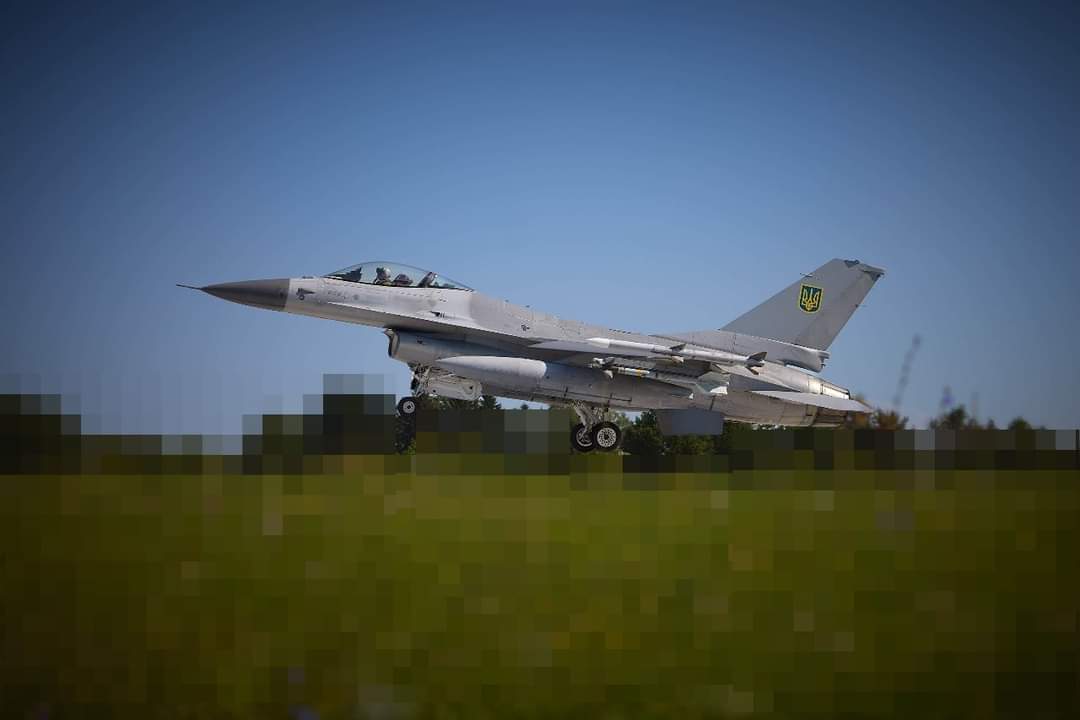
 mil.in.ua
mil.in.ua


